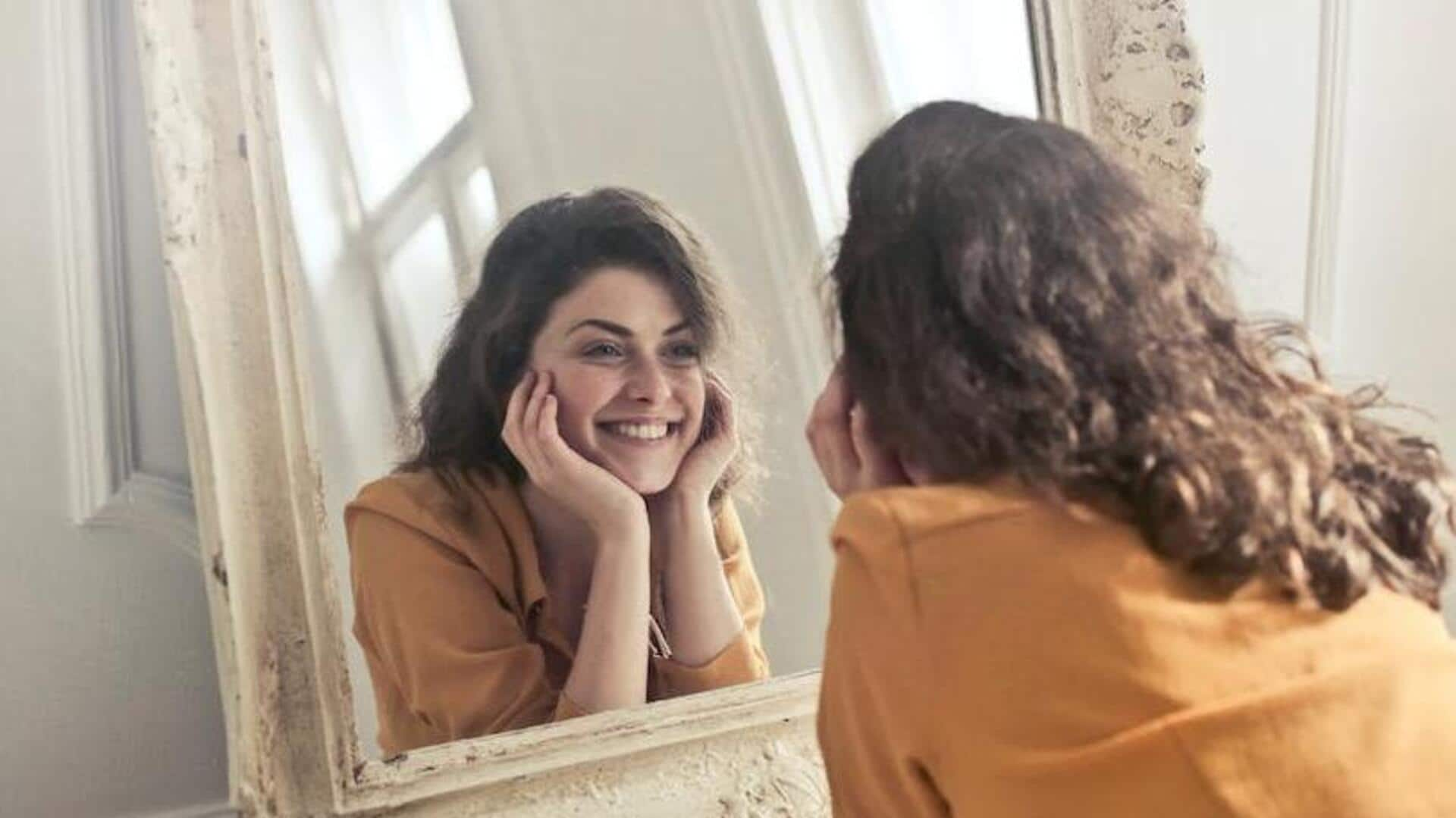
Mirror magic: Mastering mirror placement, light, and reflections
What's the story
The strategic placement of mirrors in our homes is a crucial element in home decor. The placement of mirrors with respect to lighting sources impacts the overall brightness and perceived spaciousness of a room. NewsBytes caught up with Preetu Muley Pandey, founder and chief interior designer of Pree D'fine to understand how to ace the mirror placement game.
Tip 1
It creates an illusion of grandeur
"Mirrors positioned across from windows or near light fixtures have a remarkable ability to reflect and disperse light throughout the room," says Pandey. According to her, this practice significantly increases overall brightness while creating captivating interplays of light and shadow in the room, thereby adding depth to the decor. This not only brightens the room but also creates a cheerful and inviting atmosphere.
Tip 2
Mirrors for optical trickery
Pandey opines that thoughtful consideration of mirror placement can greatly impact the perceived spaciousness and luminosity of a room, resulting in a more inviting and visually appealing environment. "Place mirrors close to natural light so they can bounce off the light to the rest of the room," Pandey says. This symmetrical placement reflects the room's dimensions, making it appear more spacious than it is.
Tip 3
Embrace various shapes and styles
The secret to harnessing a mirror's full potential lies not only in its placement but also in its design. "Use organic free-flowing shapes that allow the mirrors to look more casual," suggests Pandey. "Use thick frames to make them appear like windows or polished plaster ones that highlight the organic forms," she says. According to her, frameless mirrors work beautifully in a minimalist space.
Tip 4
Mirrors are effective illuminators
Mirrors enhance both natural and artificial light within a space. Thus correct placement can instantly enhance the visual appeal of a room. "This dynamic interplay of light not only serves functional purposes but also contributes to the overall aesthetic appeal of the room," says Pandey. This approach is often used in gyms, dance studios, or rooms with a minimalist aesthetic to amplify the luminosity.